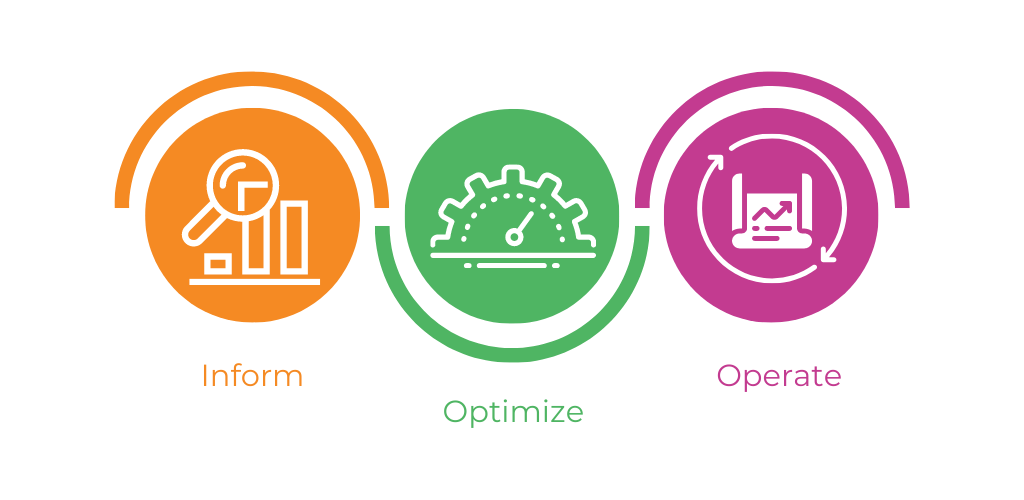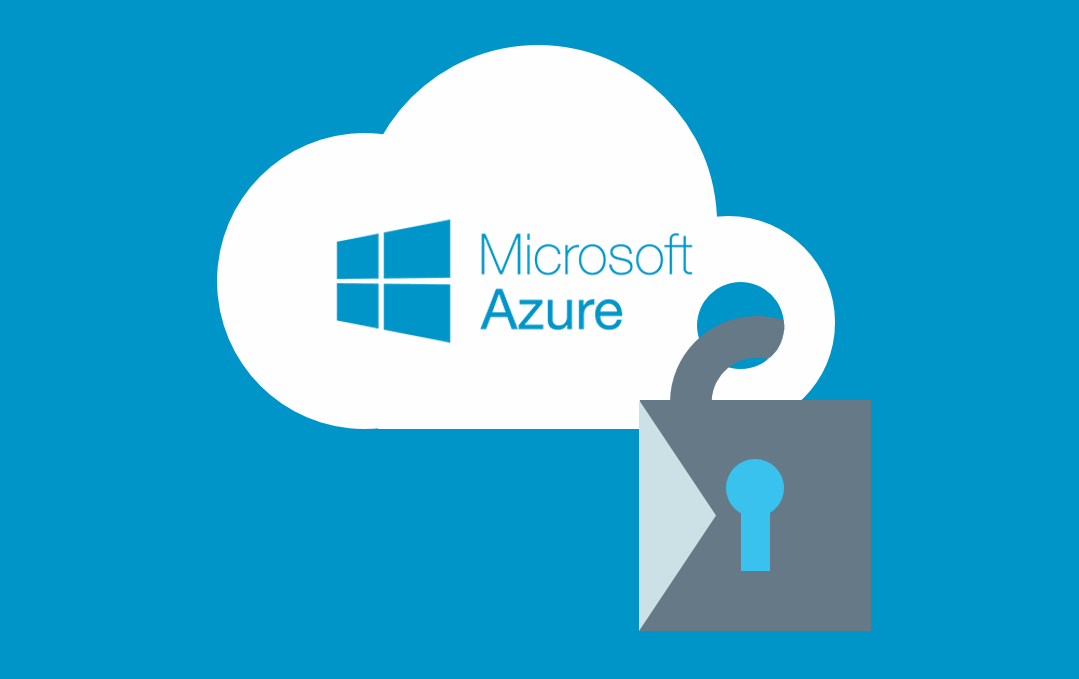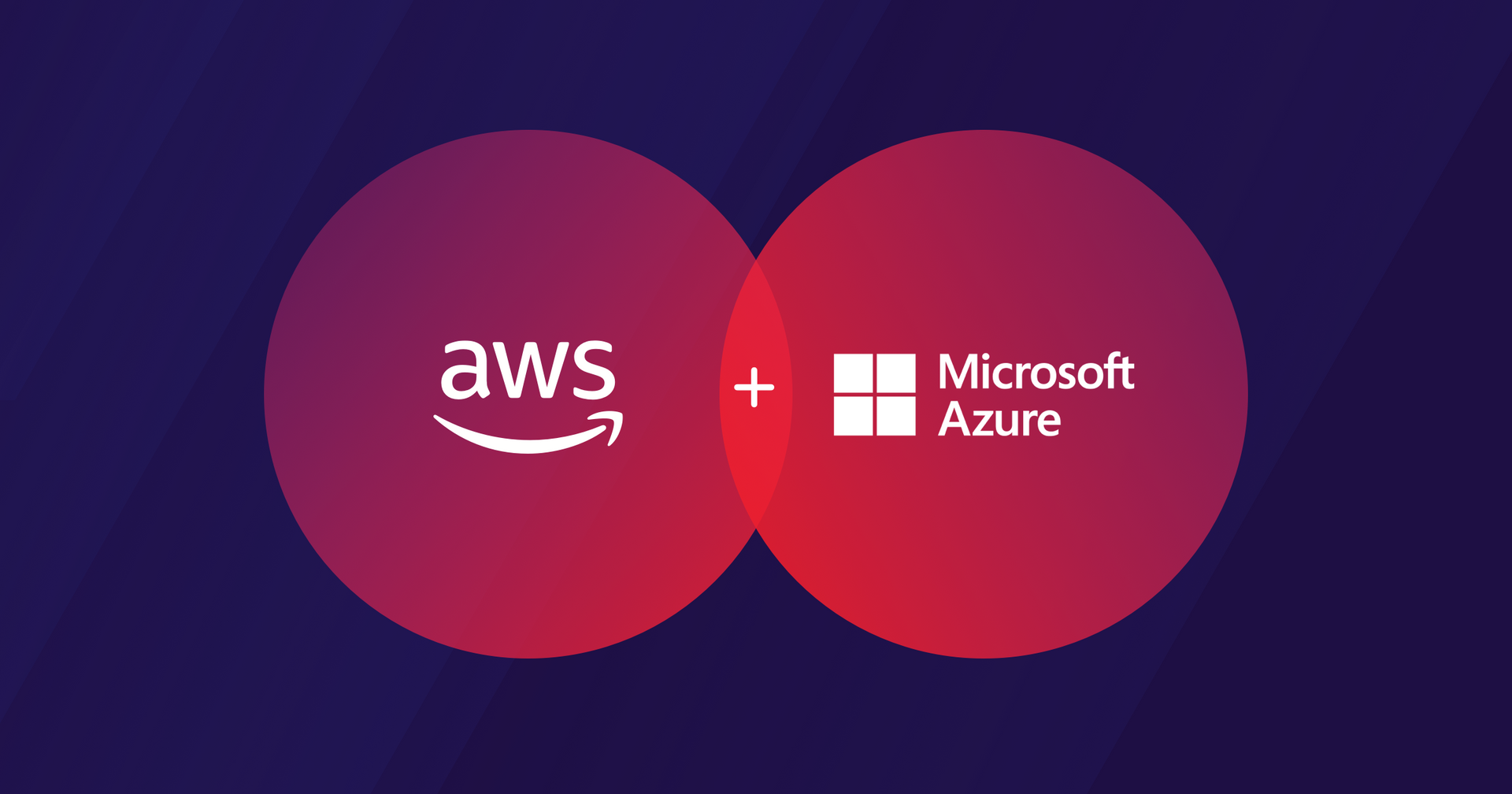




As organizations look to leverage the benefits of cloud computing, many are considering a multi-cloud architecture that combines the capabilities of multiple cloud providers. Two of the leading providers in the cloud space are Microsoft Azure and Amazon Web Services (AWS). When designing a multi-cloud architecture with Azure and AWS, there are several best practices that organizations should follow.
Before designing a multi-cloud architecture with Azure and AWS, it's important to have a clear understanding of each provider's strengths and weaknesses. Azure is known for its strong support for enterprise workloads and its wide range of services, including machine learning and AI capabilities. AWS, on the other hand, is known for its scalability and flexibility, as well as its extensive suite of tools and services.
By understanding these strengths and weaknesses, organizations can design a multi-cloud architecture that leverages the unique capabilities of each provider to meet their specific needs.
One of the key challenges of designing a multi-cloud architecture is ensuring that different cloud services and resources can work together seamlessly. To achieve this, it's important to design for interoperability.
Both Azure and AWS support a variety of open standards and APIs, which can help ensure that services can be integrated across multiple clouds. In addition, it's important to use tools and services that are designed to work across multiple cloud environments, such as Kubernetes for container orchestration or Terraform for infrastructure as code.
To get the most out of a multi-cloud architecture, it's important to leverage cloud-native services that are specifically designed to work with each cloud provider. For example, Azure offers services such as Azure Functions and Azure Cosmos DB, while AWS offers services such as Amazon Lambda and Amazon DynamoDB.
By leveraging these services, organizations can take advantage of the unique capabilities of each cloud provider while still ensuring interoperability and a consistent user experience across multiple clouds.
Managing a multi-cloud architecture can be complex, which is why it's important to use consistent management and monitoring tools across all clouds. Both Azure and AWS offer their own management and monitoring tools, but organizations may also want to consider third-party tools that can work across multiple clouds.
By using consistent tools, organizations can ensure that they have a single view of their entire cloud infrastructure, making it easier to manage and monitor resources and detect issues before they become major problems.
Finally, it's important to ensure that data is secure and compliant across all clouds in a multi-cloud architecture. This requires a comprehensive approach to security that includes data encryption, access control, and monitoring.
Both Azure and AWS offer a variety of security tools and services that can help ensure data security and compliance. In addition, organizations should also develop a comprehensive security and compliance strategy that considers the unique requirements of each cloud provider and the specific workloads that will be running on each cloud.
In conclusion, designing a multi-cloud architecture with Azure and AWS can provide organizations with the flexibility and scalability they need to support their workloads. By following these best practices, organizations can design a multi-cloud architecture that leverages the strengths of each provider while ensuring interoperability, consistent management and monitoring, and data security and compliance.



